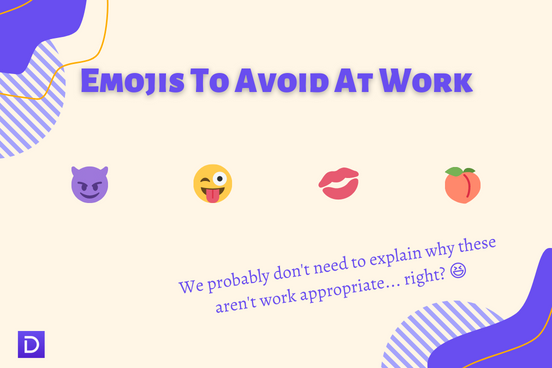
Emojis are an underrated communication tool.
Everyone loves using emojis – we can’t be the only ones that go through all of them l whenever there’s an update, right? They’re fun, engaging and add emotion to the messages you send.
Although most would use emojis in personal communications, it was commonly agreed that emoji use at work is ‘unprofessional’. However, with the landscape of work shifting towards hybrid/remote working models, digital communication tools like Slack popularised by the pandemic are likely to stay. As such, the use of emojis at work has become more common.
So, if you don’t already use emojis at work, here are the reasons why they’re actually beneficial to use:
1. Improves connection to colleagues
Emojis adds *extra spice* to the message you’re trying to convey.
‘Text tone’ can be hard to decipher and can often lead to misunderstandings between colleagues. Using an emoji helps to convey what comes so naturally to us during in person conversations – vocal intonation, hand gestures, facial expressions etc. This helps us to stay connected and improve workplace relationships.

2. Communicate faster
Sometimes we just don’t have time to type it all out and some common workplace responses can be better communicated with just an emoji. It can also allow for communication of more nuanced feelings in fewer words, increasing efficiency. Here are some universally understood emoji responses in the workplace:

3. They’re fun
If the above wasn’t enough to convince you about the pros of using emojis at work, then just the fact that they’re fun to use might convince you. Just look at them – how can anyone not have fun using them? 🤭 Using emojis can set the mood of conversations whether that be to lighten it or to encourage productivity.
Although there are some that can be misinterpreted in the workplace you may want to avoid…

While they might not be for everyone, the use of emojis has now become just as integral to workplace communications/relationships as they have in our personal lives. Learning how to smartly utilise them for efficiency and inclusion is essential to improving workplace communication.
